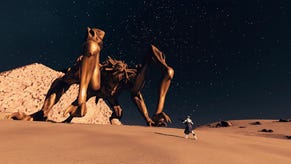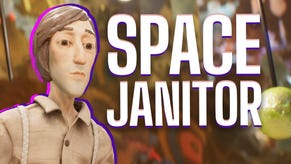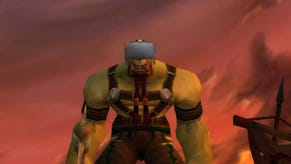Starfield lets you explore Earth but you might not want to
Our pale blue dot is in Bethesda’s space odyssey, but don’t expect to see your house.
When a game comes out that’s set in a place you live, the most natural compulsion is to head for your house to see if they’ve put it in. Unless you live in Manhattan, Downtown LA, or Central London, you probably haven’t enjoyed this phenomenon outside of Flight Simulator (which has everyone’s house in it). But we all live in a certain spiral arm of the Milky Way galaxy, which just happens to be where Starfield takes place. Yes, you can visit the SOL system. And yes, going one better than Elite: Dangerous, you can land on Earth.
But you should probably steel yourself first. Or have a very stiff drink. Because it’s not the Earth you recognise: see the video below. Stop reading here unless you’re liable to get raging about spoilers.
See, in Starfield, an unfathomably thorough ecological disaster has turned the Earth from the ocean-drenched cradle of life we all know and mostly love (nobody likes Birmingham) into a barren ball of sand. There are vague indentations of where the land masses and oceans used to be, but aside from that, there’s nothing left of the planet or the vast human civilization that once called it home. As the in-game lore explains, it was this very disaster that gave humanity the impetus to colonise the stars in the first place:
In 2150, humanity learned the Earth's magnetosphere would collapse sometime in the next half-century, eliminating all life on the planet. Decisive action was required. But the secure transport of an entire civilization would demand a new kind of cooperation, a new kind of courage, a new kind of union. Thus, in 2159, the United Colonies were formed to make that journey possible. Just one year later, the Galileo, the first of many colony ships, touched down here on Jemison, beginning a new era of human history: the age of the United Colonies.
The most far-fetched idea in Starfield, a vast science fiction game about shooting lasers at space zealots, isn’t anything to do with mysterious artefacts or faster-than-light travel or anything else. It isn’t even the idea that the Earth could be rendered completely inert and devoid of any evidence of human civilisation within a couple of centuries, beyond several trillion tonnes of building sand. No. It’s the idea that in the face of a catastrophic ecological disaster, humanity would work together to save themselves from oblivion. As we all know now from experience, anyone in a position to do anything about it would delay and delay until the sheer inevitability of it dwarfed any remaining political will to enact a solution. And half of the people most likely to boil to death first will insist that it’s all a hoax anyway.
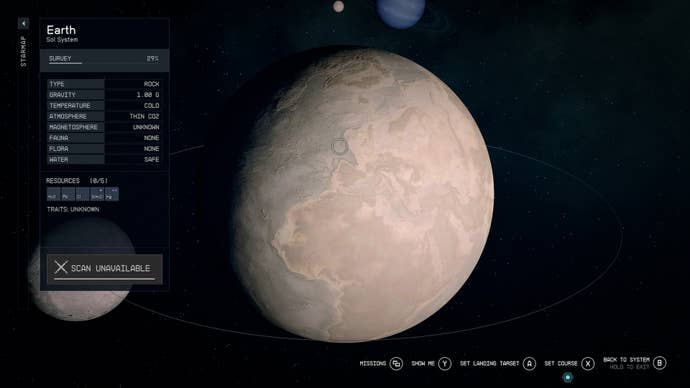
Starfield may be scifi, but the backstory is pure fantasy. Still, this is why they call it escapism. Starfield allows us, while the world burns, to live outlandish dreams like living life on an impossible frontier, feeling the heat of an alien sun, or being able to get a mortgage.
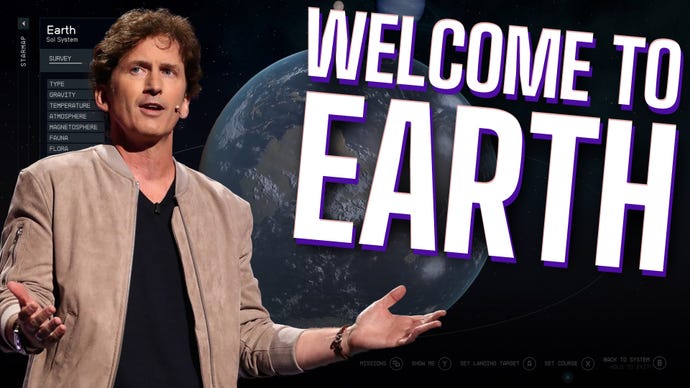

.jpg?width=291&height=164&fit=crop&quality=80&format=jpg&auto=webp)





